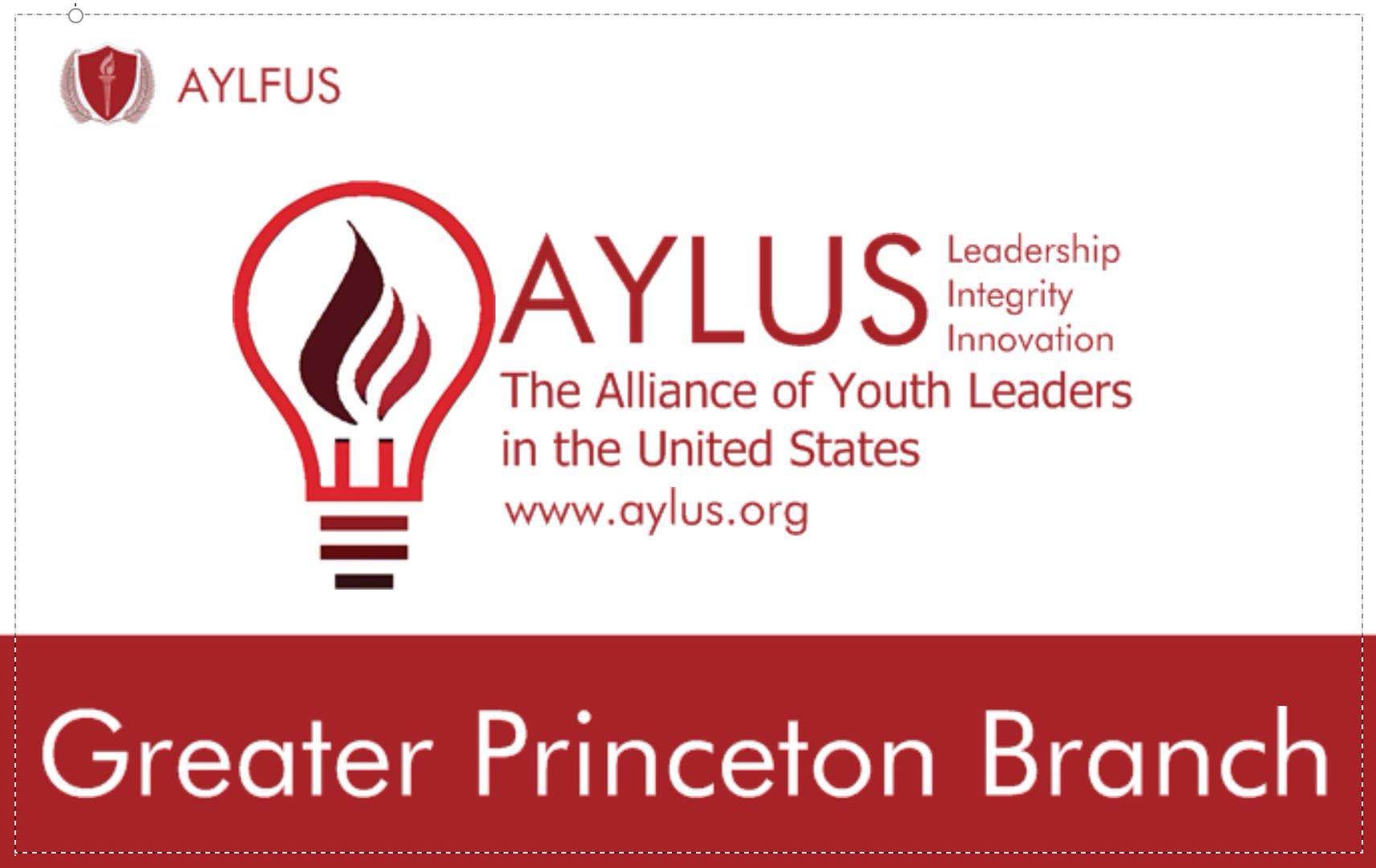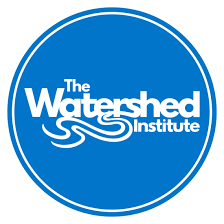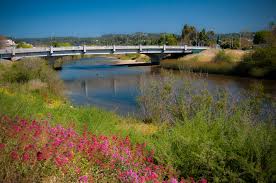In July, the Greater Princeton Branch of AYLUS (GPA) sent its members to volunteer at the Watershed Butterfly House and also as a Streamwatch Bacterial Action Team (BACT) (31 Titus Mill Road Pennington, NJ 08534, 609-737-3735, info@thewatershed.org).
GPA members are working hard to get the Butterfly House up and running. They help weed, water, plant, and help catch butterflies. They commit to coming weekly on Tuesdays 9-11 AM through mid-August (and possibly beyond). “Hot, dirty work” but very rewarding!
Understanding the health and quality of our waters helps us recommend environmental policies and protections, educate the public about how to protect and restore clean water and the environment, and work to restore ailing habitats. Water monitoring and research is the foundation of The Watershed Institute’s efforts to protect streams and rivers in central New Jersey.
Since 1992, volunteers have assessed and documented water quality in the Stony Brook-Millstone Watershed through our StreamWatch water quality monitoring program. StreamWatch measures the health of our water by testing water chemistry, measuring bacteria levels, and assessing the biological and physical health of our waterways. StreamWatch data helps The Watershed Institute better assess the impacts of pollution and land use on local streams and determine actions necessary to protect and improve water quality.
Through the StreamWatch bacterial action team, volunteers test for Escherichia coli (E. coli) levels in the water at 13 sites. E. coli is a type of bacteria that lives in the intestinal tracts of animals and humans. The presence of this bacteria indicates that disease-causing bacteria, viruses, and parasites of a fecal origin may be contaminating the water. Swimming or wading in streams with high E. coli levels is considered a health risk.
High E. coli levels can result from leaking septic or sewer systems, polluted runoff that has picked up animal (dog, goose, cow, etc.) waste en route to the stream, waterfowl in the stream, or wading cows.
Monitoring is being used to keep an eye on several hot spots and to identify other bacteria problems quickly. Two five-week monitoring periods occur every summer. Volunteers can opt to participate in one or both sessions. All samples are analyzed in-house using the IDEXX/Colilert method.
GPA volunteers (7/17, 2.5 hrs) at Cranbury Brook and Colonial Lake, New Jersey: Eric Li, Dylan Li, Jun Yan, and more. GPA volunteers also at the Watershed Butterfly House.






